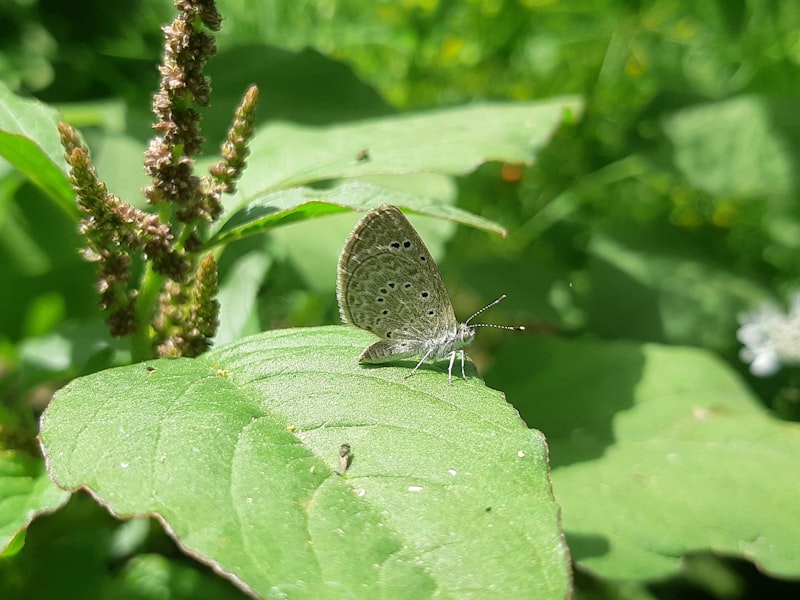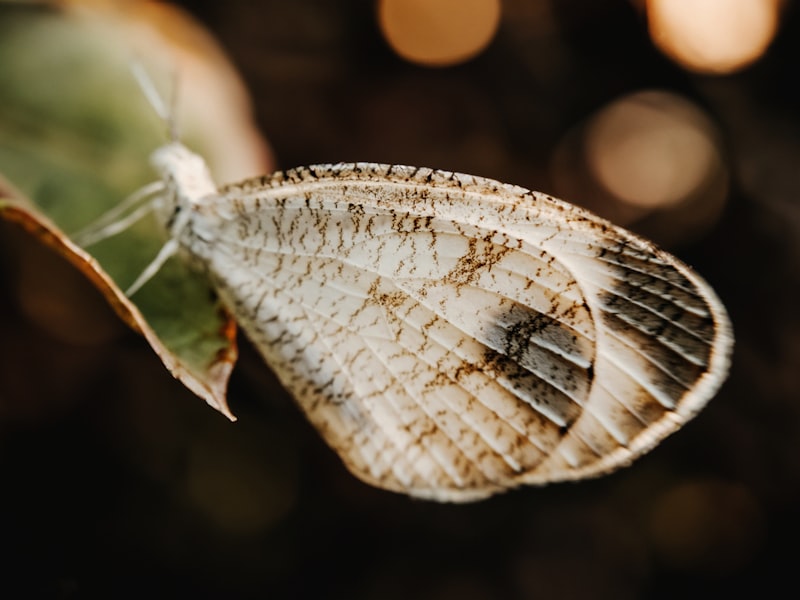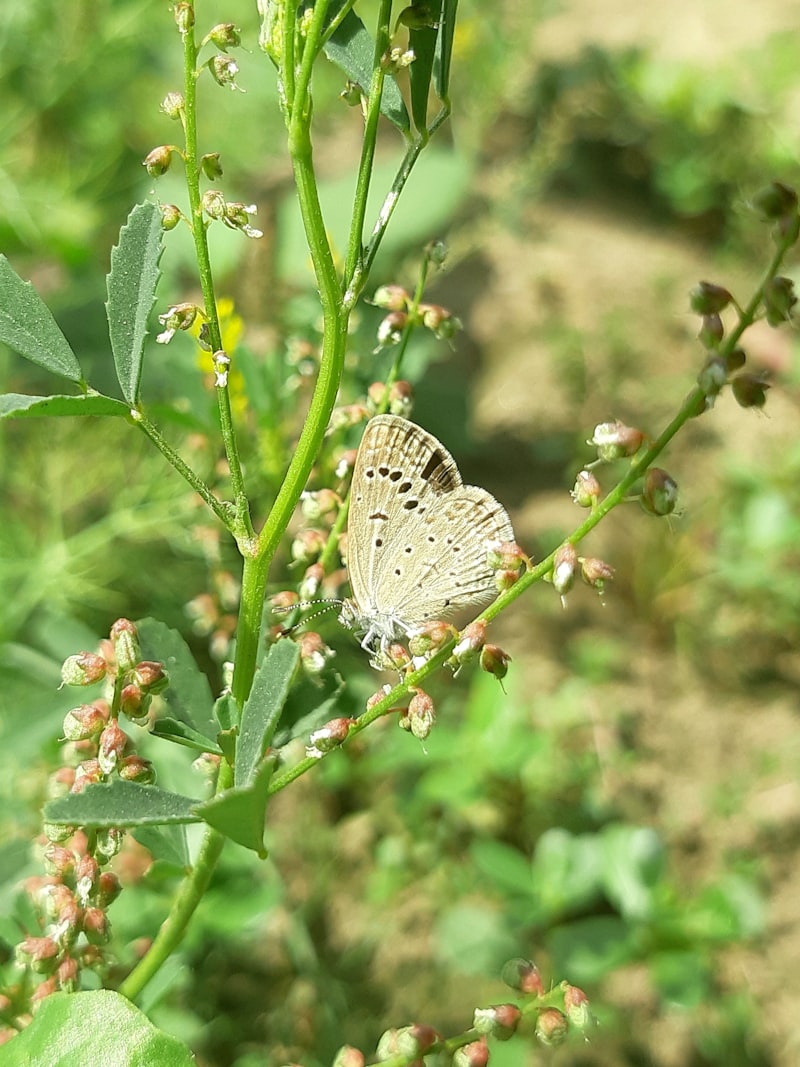But why should we care so deeply about pollinator conservation? The answer lies in the delicate balance they maintain. Pollinators facilitate the reproduction of over 75% of flowering plants and nearly 75% of crops that feed the world. Their efficient pollination increases crop yields and enhances the quality of fruits and seeds. This process is not just about abundance but also about diversity; different pollinators prefer different plants, ensuring a rich tapestry of flora.
Beyond agriculture, pollinators contribute to biodiversity by supporting other wildlife that depends on them for food and shelter. They also play a vital role in maintaining healthy ecosystems, stabilizing soils, and supporting other wildlife populations. Their disappearance could trigger a cascade of effects, impacting everything from food security to ecosystem resilience.

Conservation efforts are therefore crucial. Protecting pollinator habitats, reducing pesticide use, and raising awareness about their importance are steps towards safeguarding these essential creatures. Each of us can contribute, whether by planting pollinator-friendly gardens, supporting local beekeepers, or advocating for policies that promote pollinator health.
In essence, the importance of pollinator conservation extends far beyond their role in pollination. It’s about preserving biodiversity, ensuring food security, and safeguarding the intricate web of life on our planet. As we strive to coexist harmoniously with nature, let’s remember that the buzz of a bee or the flutter of a butterfly carries profound significance for our world’s future.
Buzzing Benefits: Why Pollinator Conservation is Crucial for Global Agriculture
Imagine a world without pollinators—no apples, strawberries, or almonds. Pollinators are responsible for pollinating over 75% of our flowering plants and nearly 75% of our crops. Their work adds billions of dollars in economic value each year through increased yields and higher-quality harvests.
But pollinators are facing unprecedented challenges. Habitat loss, pesticide use, climate change, and diseases threaten their populations worldwide. Without them, crop yields would decline, food prices would skyrocket, and ecosystems would suffer. The decline of pollinators could have devastating consequences for biodiversity and food security on a global scale.
Conservation efforts are crucial to safeguarding pollinators and ensuring their continued contributions to agriculture. Planting pollinator-friendly gardens, reducing pesticide use, preserving natural habitats, and supporting beekeepers are just some of the ways individuals and communities can make a difference.
The buzz around pollinator conservation isn’t just about protecting bees and butterflies; it’s about securing our future food supply and preserving the delicate balance of nature. By taking action today, we can ensure that future generations inherit a world where pollinators thrive and agriculture flourishes.
Saving Our Saviors: The Vital Role of Pollinators in Ecosystem Health
Imagine a world without pollinators. No more apples, oranges, or strawberries on our plates. No vibrant fields of wildflowers dancing in the wind. The impact would be staggering, not just for our diets but for the entire web of life on Earth. Pollinators facilitate the reproduction of plants by transferring pollen from one flower to another, enabling fertilization and the production of fruits and seeds. This process is not just beneficial; it’s fundamental to the continuation of plant species diversity and resilience.

In recent years, however, the plight of pollinators has become increasingly precarious. Habitat loss, pesticide use, climate change, and diseases have all contributed to alarming declines in pollinator populations worldwide. Bees, for instance, face threats from habitat destruction due to urbanization and intensive agriculture. Monarch butterflies, known for their epic migrations, struggle as their milkweed habitats disappear.
The decline of pollinators isn’t just a concern for environmentalists; it’s a looming crisis with far-reaching consequences for food security and biodiversity. Approximately 75% of all flowering plants depend on animal pollinators, and nearly 35% of global crop production benefits from their services. Without them, the agricultural landscape would be bleak, with reduced crop yields and increased susceptibility to pests and diseases.
Efforts to conserve pollinators are therefore urgent and multifaceted. Initiatives range from planting pollinator-friendly gardens and reducing pesticide use to establishing protected habitats and raising awareness among communities. Small actions, such as choosing organic produce and supporting local farmers who prioritize pollinator-friendly practices, can also make a significant difference.
Beyond Bees: Diverse Pollinator Species You Didn’t Know Are Essential
When we think of pollinators, bees often buzz to the forefront of our minds. However, the world of pollination is far more diverse and fascinating than we might imagine. Beyond bees, numerous other species play crucial roles in pollinating plants and ensuring biodiversity thrives.
Butterflies: These delicate creatures aren’t just a joy to behold in gardens; they are also vital pollinators. With their slender bodies and long proboscises, butterflies are adept at reaching into flowers for nectar, inadvertently picking up and transferring pollen as they flutter from bloom to bloom. Their colorful wings and graceful movements make them both efficient pollinators and charismatic ambassadors for conservation.
Hummingbirds: Known for their incredible agility and iridescent plumage, hummingbirds are native to the Americas and are masterful pollinators of tubular flowers. Hovering effortlessly as they feed, their long, slender bills delve deep into flowers, brushing against pollen-laden anthers and stigma. Their rapid wing beats and hovering ability make them uniquely suited to pollinating a wide range of flowers across various ecosystems.
Moths: Often overshadowed by butterflies, moths are nocturnal pollinators that play vital roles in ecosystems worldwide. Their adaptations for night flight and their specialized proboscises allow them to access flowers that bloom under the moonlight. Moths are particularly crucial for plants that rely on night-time pollination, offering a parallel pollination service to daytime bees and butterflies.
Bats: In many tropical and desert regions, bats serve as essential pollinators for numerous plant species, including agave, bananas, and mangoes. With their nocturnal habits and long tongues adapted for sipping nectar, bats inadvertently transfer pollen between flowers as they feed. Their contribution to pollination underscores the intricate relationships between plants and the diverse animal species that ensure their reproduction.
Flies: Often overlooked, flies are surprisingly effective pollinators, especially for plants that produce foul-smelling flowers. Flies are attracted to the odoriferous blooms of carrion flowers and other species that mimic the scent of decaying matter. As they visit these flowers in search of food, they unwittingly carry pollen from one flower to another, contributing significantly to the plants’ reproductive success.
Beetles: Among the oldest pollinators, beetles played a crucial role in the early evolution of flowering plants. While not as efficient as bees or butterflies, beetles visit a wide variety of flowers, particularly those with robust structures and abundant pollen. Their persistent foraging habits ensure that pollen is transferred between flowers, albeit less directly than more specialized pollinators.
Understanding the diversity of pollinators beyond bees highlights the complex web of interactions that sustain ecosystems worldwide. Each species, whether butterfly, hummingbird, moth, bat, fly, or beetle, contributes uniquely to the pollination process, ensuring the survival of countless plant species and the biodiversity upon which we all depend.
From Farm to Table: How Pollinators Shape Our Food Supply Chain

From the first bloom of spring to the harvest season, pollinators tirelessly transfer pollen from one plant to another, enabling fertilization and the production of fruits, vegetables, and seeds. This process is not just about food; it’s about biodiversity and sustainability. Without pollinators, ecosystems would struggle to thrive, affecting everything from wildlife habitats to landscapes we enjoy.
Take the apple orchards of Washington state, for example. Each spring, as apple trees burst into bloom, bees embark on a pollination frenzy, ensuring that each blossom transforms into a crisp apple come harvest time. This intricate dance of pollination ensures the orchard’s productivity and the livelihoods of those who depend on it.
It’s not just fruit that owes its existence to pollinators. Crops like almonds, avocados, and even coffee rely on these tiny champions. Without them, the delicate balance of our agricultural system would falter, impacting not only farmers’ yields but also consumer prices and global food security.
But the story of pollinators isn’t just about their economic impact. It’s about the wonder of nature’s design and the interconnectedness of all living things. Each pollinator, whether buzzing bee or fluttering butterfly, plays a unique role in this intricate web, contributing to the tapestry of life that sustains us all.
Pollinator Decline Crisis: What’s at Stake for Biodiversity and Food Security?
In today’s world, the decline of pollinators poses a critical threat to our environment, impacting both biodiversity and food security. Pollinators, such as bees, butterflies, birds, and bats, play a crucial role in ecosystems by facilitating the reproduction of flowering plants. This process is essential for the production of fruits, vegetables, and seeds that form the foundation of our food supply.
Imagine a world without buzzing bees and fluttering butterflies. These small creatures are not just beautiful; they are essential pollinators responsible for pollinating over 75% of leading global food crops. From apples to almonds, and even cocoa, many of the foods we enjoy daily depend on pollination. Without these tiny workers, agricultural productivity would plummet, leading to food shortages and higher prices.
The decline in pollinator populations can be attributed to various factors, including habitat loss, pesticide use, climate change, and diseases. Urbanization and agricultural expansion have significantly reduced natural habitats where pollinators once thrived. Pesticides, designed to protect crops, inadvertently harm pollinators when used improperly or excessively.
Climate change exacerbates these challenges by altering flowering times and disrupting the delicate balance between plants and their pollinators. Rising temperatures and unpredictable weather patterns affect the availability of food and nesting sites for pollinators, further threatening their survival.
So, what’s at stake if we continue to witness the decline of pollinators? Beyond the immediate threat to food production, biodiversity suffers. Pollinators are integral to maintaining diverse plant communities, which in turn support countless other species in ecosystems worldwide. The loss of pollinators could trigger a domino effect, leading to the decline of birds, mammals, and other wildlife that depend on these plants for food and shelter.
Addressing the pollinator decline crisis requires collective action. Conservation efforts, such as restoring pollinator habitats, promoting sustainable farming practices, and reducing pesticide use, are essential steps towards safeguarding these vital species. Educating communities about the importance of pollinators and fostering a culture of environmental stewardship can also make a significant impact.
The decline of pollinators poses a multifaceted challenge with far-reaching consequences for biodiversity and food security. By understanding the critical role of pollinators and taking proactive measures to protect them, we can preserve the delicate balance of nature and ensure a sustainable future for generations to come.
Frequently Asked Questions
What are the main threats to pollinators?
Learn about the primary dangers faced by pollinators worldwide, including habitat loss, pesticide exposure, climate change, and diseases. Understand how these threats impact pollinator populations and what measures can be taken to protect their crucial role in ecosystems.
Why is pollinator conservation important?
Learn why pollinator conservation matters. Discover how preserving pollinators like bees and butterflies supports biodiversity, crop production, and ecosystem health. Find out how you can contribute to safeguarding these vital species.
How do pollinators contribute to ecosystems?
Pollinators contribute to ecosystems by facilitating the reproduction of flowering plants. They transfer pollen between flowers, enabling fertilization and the production of seeds and fruits. This process supports biodiversity, as many plants rely on pollinators for reproduction. Additionally, pollinators play a crucial role in food production for wildlife and humans alike, enhancing overall ecosystem stability and resilience.
How can individuals help conserve pollinators?
Learn how individuals can contribute to pollinator conservation through actions such as planting native plants, avoiding pesticides, supporting organic farming, and creating habitats like bee hotels and butterfly gardens.
What are some examples of pollinator-friendly plants?
Discover a variety of pollinator-friendly plants that attract bees, butterflies, and other beneficial insects to your garden. Examples include lavender, sunflowers, coneflowers, and milkweed. These plants provide essential food and habitat for pollinators, helping to support biodiversity and healthy ecosystems.


